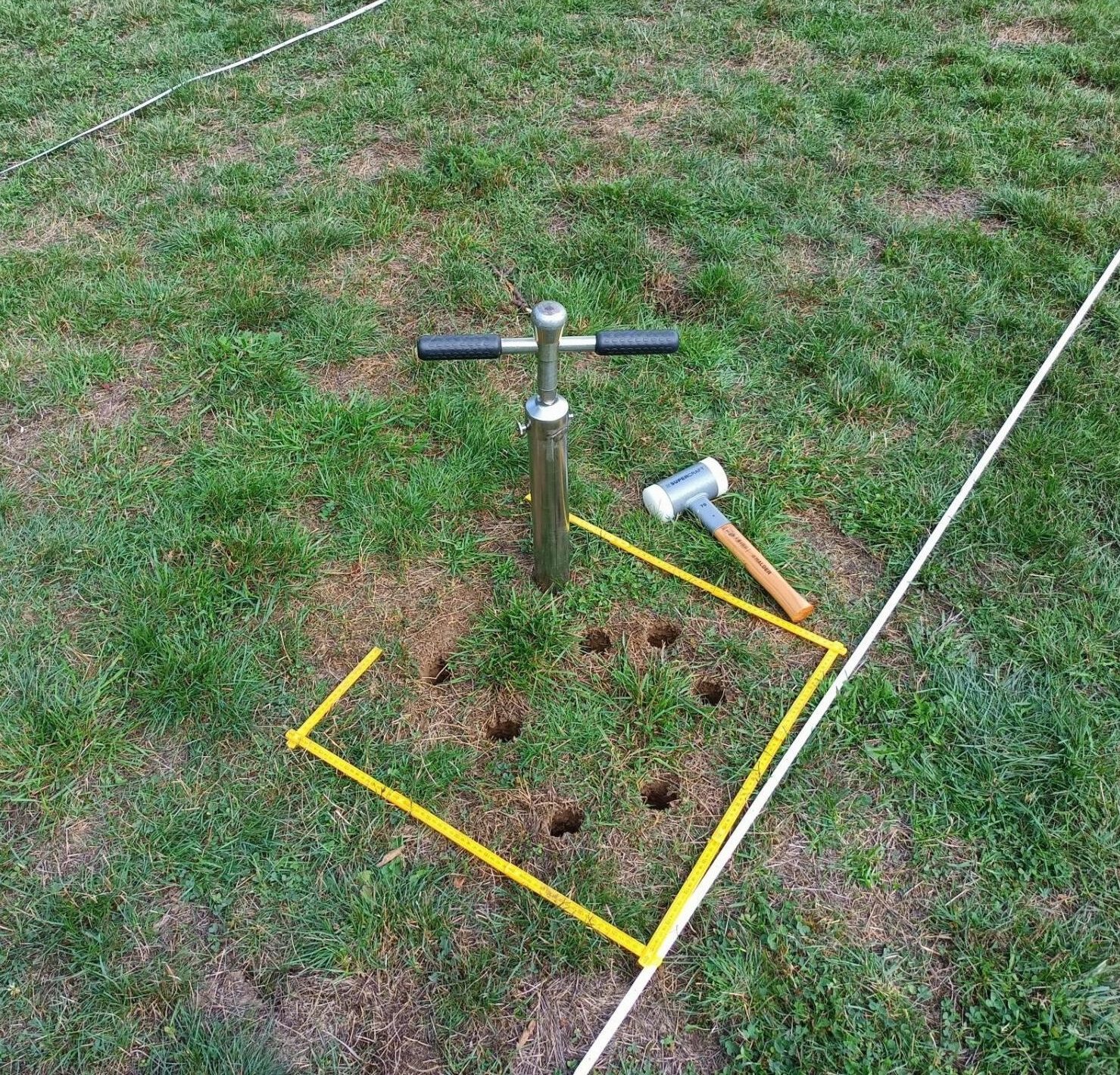Terrestrial Habitats
Beech (Fagus sylvatica), spruce (Picea abies), poplar (Populus nigra) and pine (Pinus sylvestris)
Tree samples are collected in near-natural habitats such as the Berchtesgaden National Park, urban areas such as Leipzig, and agricultural areas such as Scheyern (north of Munich) in order to cover a range of land use intensities. The sampling locations are spread across Germany and can be viewed in detail on the website of the Environmental Specimen Bank:
A total of 15-20 trees are sampled within each sampling area. Three to four branches of the outer crown area are removed and visually examined for signs of insect herbivory, foreign deposits and the degree of fructification. Only then are the individual leaves cut off above the stem with sterile scissors over a stainless steel tub. Annual shoots are cut off of coniferous trees. A fixed amount of leaves/annual shoots is weighed out in the stainless steel container for each tree. The resulting composite sample of leaves/annual shoots from all 15-20 selected trees is stored over liquid nitrogen. For the biometric characterization, 25 leaves/annual shoots per tree are packed in a paper bag.
At Trier University, comprehensive studies on the arthropod communities associated with leaf homogenates (beech, spruce, pine, Lombardy poplar) have already been carried out as part of a PhD dissertation and several Masters theses. Traces of DNA from these animals can be isolated from the leaf homogenates using metabarcoding. As part of the work package, the protocol is to be further optimized to enable a much more comprehensive reconstruction of arthropod communities in tree canopies. In addition, the data on arthropod communities already generated at Trier University will be used to characterize the genetic variation within individual species. A COI amplicon will be sequenced for 400 samples from all ESB locations and all four tree species, spanning a time series from 1985-2020.
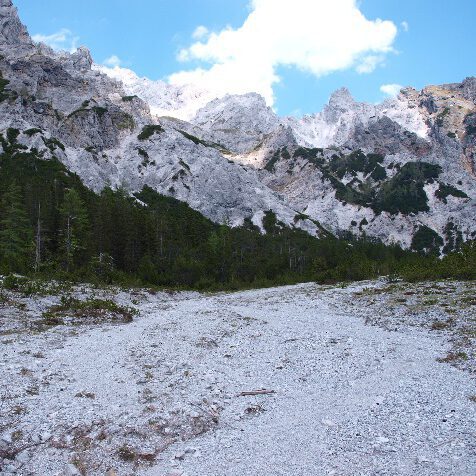
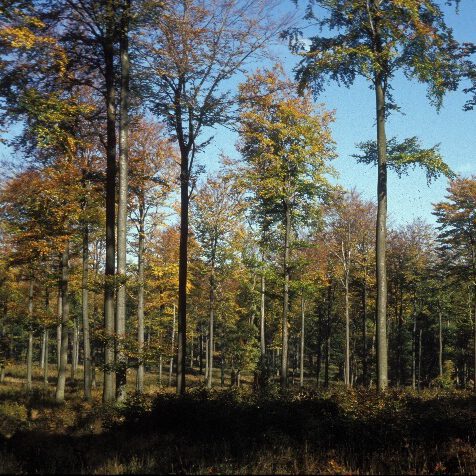
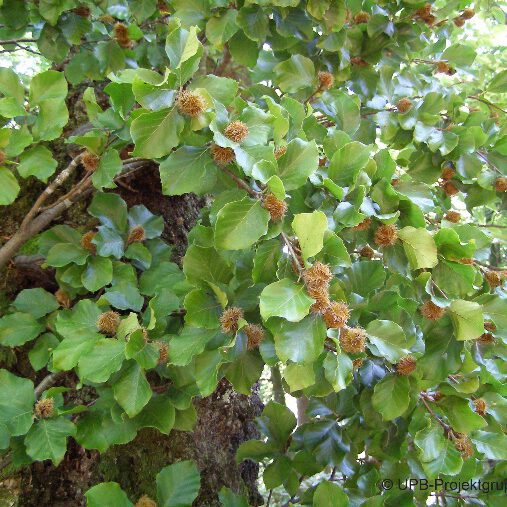
Earthworms (Lumbricus terrestris/Aporrectodea longa)
Earthworms are sampled at 4 locations in Germany at regular intervals in the autumn months. The species Aporrectodea longa is sampled at the Belau site and Lumbricus terrestris at the sites in Leipzig, Scheyern and in the Saar Valley. Using a generator connected to two rows of electrodes, which are inserted into the ground in a zigzag pattern (top photo), alternating current is fed into the ground, driving earthworms to the surface. A specified number of sexually mature worms of the target species is collected for each location and transferred to Petri dishes (lower two photos).
Earthworms are associated with a complex microbiome and have a co-evolved, symbiotic genus of bacteria, Verminephrobacter. In this work package, the worm-associated microbiome is characterized in detail using amplicon sequencing. The worm droppings represent the intestinal contents of the worm and enable bacteria closely associated with the worm to be distinguished from bacteria in the environment. A total of 90 homogenates from six locations are examined, covering a time series from 1990-2019. In addition, the faeces of 45 homogenates will be examined for comparison. As the focus is on the bacterial microbiome, a 16S amplicon will be generated for each of the 90 worm samples and 45 fecal samples.
A total earthworm genome will be assembled and genomes of 50 homogenate samples from six sampling plots sequenced using shotgun sequencing (‘Poolseq’). Based on this, genetic changes in earthworm populations will be identified. The samples represent a time series from 1990-2019.
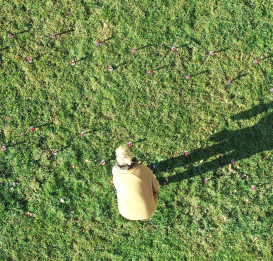
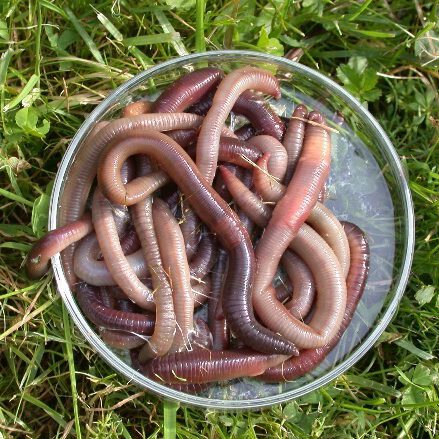
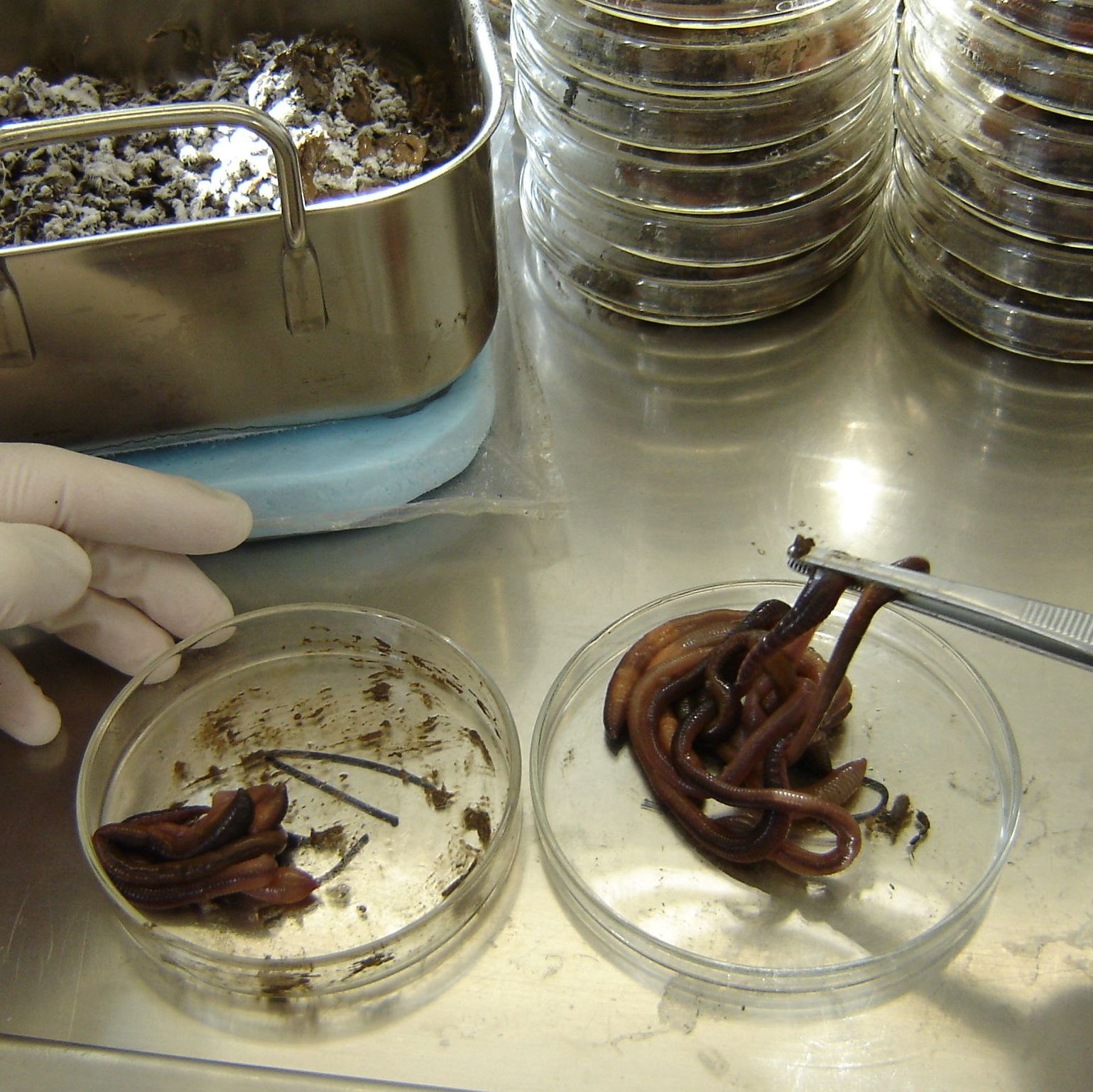
Soil Samples
Soil samples contain macroorganisms, such as arthropods and nematodes, as well as diverse microbial communities. These communities will be characterized using metagenomics. For this purpose, genomic DNA is sequenced via shotgun sequencing (SGN, 55 homogenates, 12 locations, 2002-2018).
